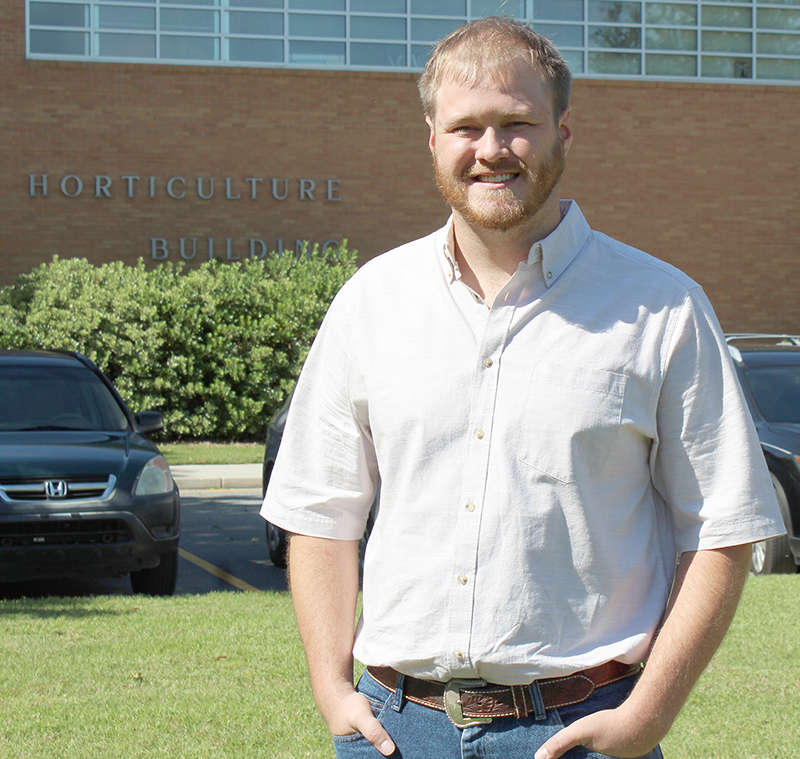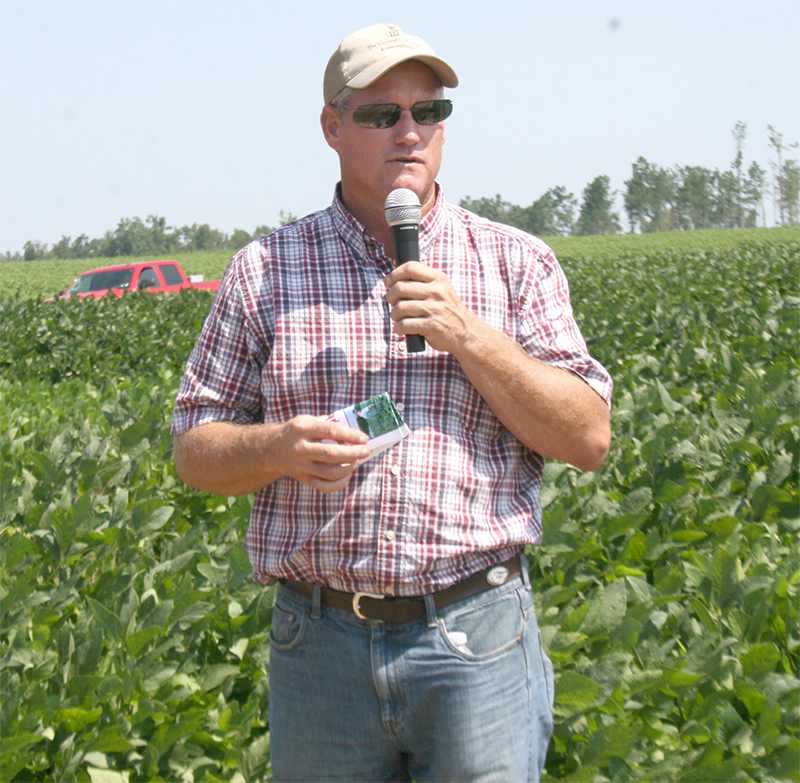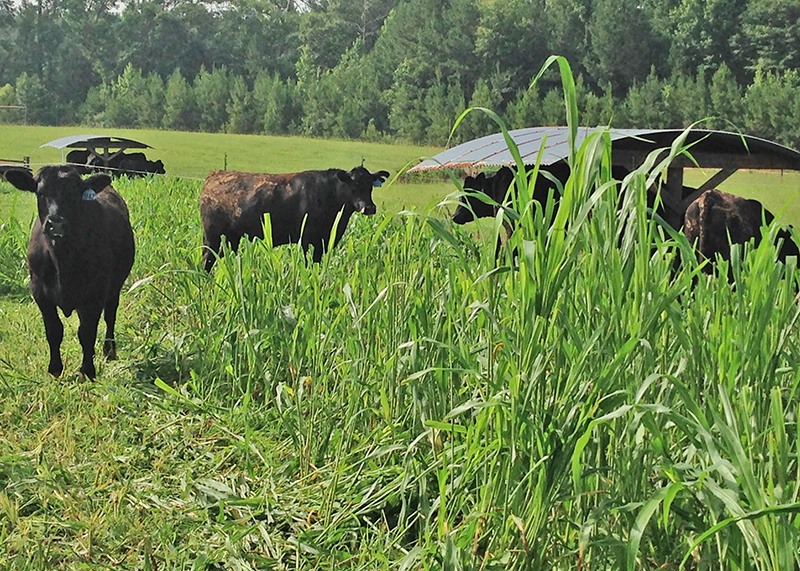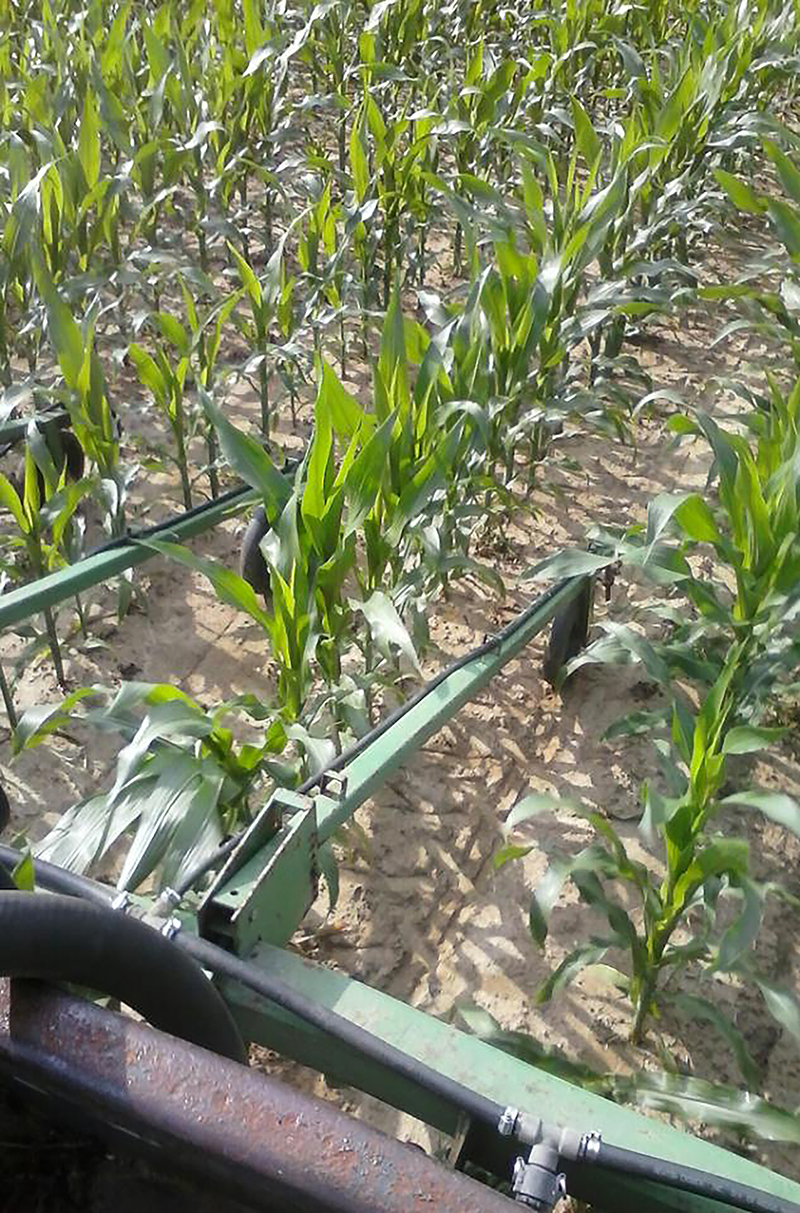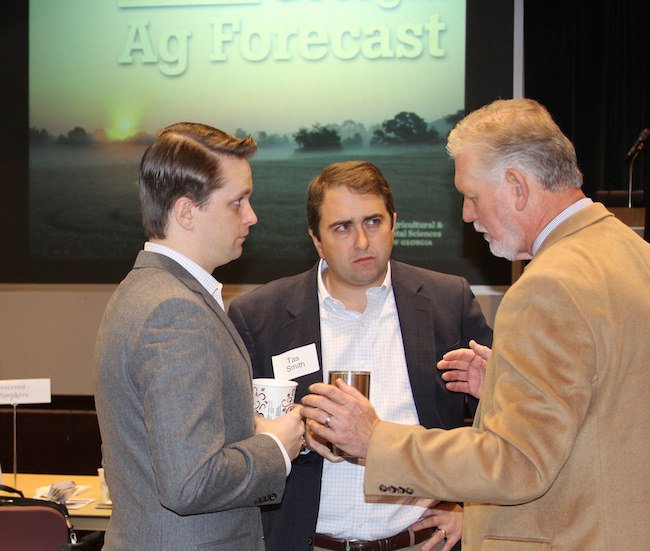 CAES News
CAES News
Corn Crop
Georgia’s corn yields were lower than expected this season due to prolonged cloudy conditions this summer, according to University of Georgia Cooperative Extension corn, soybean and small grains agronomist Reagan Noland.


